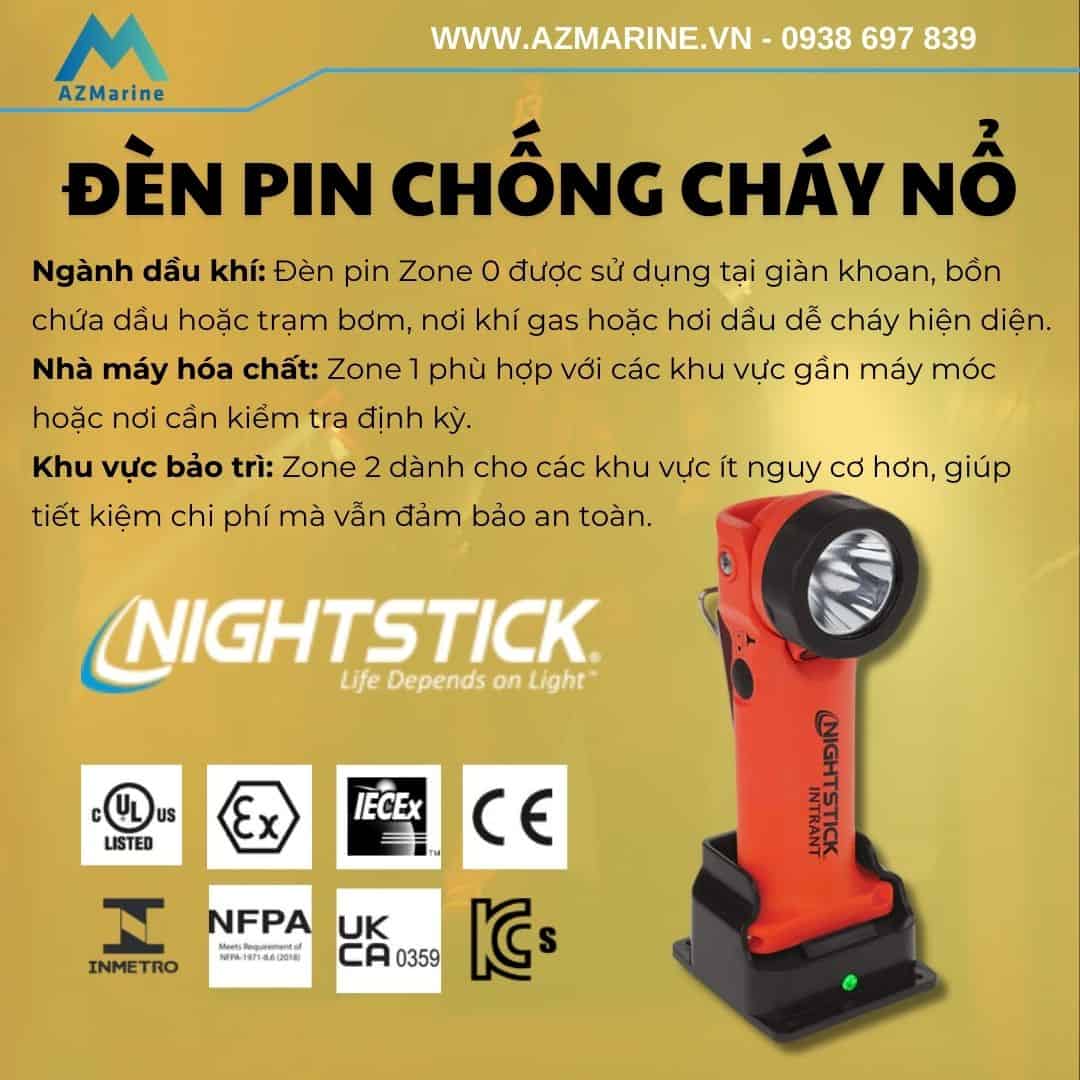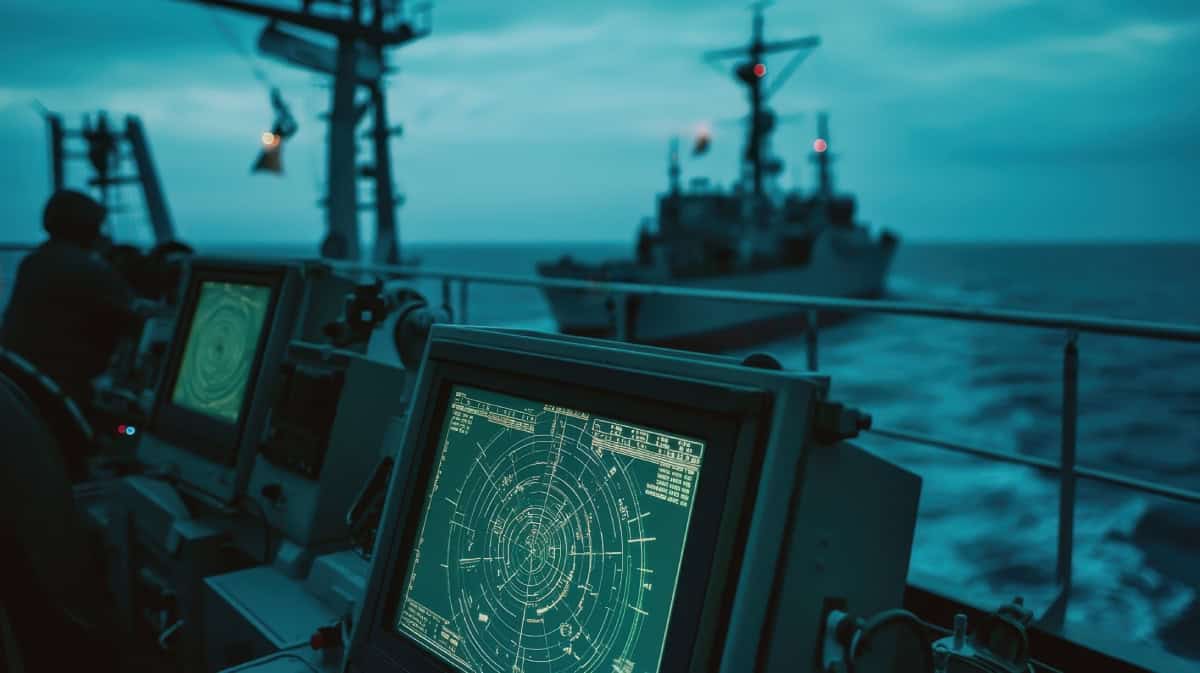GMDSS Multi Tester MRTS-7M is the first hand-held Multi Tester that enables total radio survey of all the maritime radio equipment in accordance with IMO requirements:
- VHF and MF/HF Radios with DSC
- AIS Stations
- EPIRBs, including AIS EPIRBs and RLS-enabled beacons
- AIS-SARTs
- 9GHz SARTs
- NAVTEX
- Telex (NBDP)
The cutting-edge software aimed to manage test results on PC with any operation system. Automatic generation of test reports for all the range of tested equipment is supported. And all reports are in IMO-required format.

PRODUCT OVERVIEW
GMDSS Multi Tester MRTS-7M is a specified equipment for radio inspectors performing mandatory, periodical surveys of ship-borne communication equipment.
The tester allows ensuring the GMDSS equipment meets the appropriate performance requirements.
The Marine Radio Test Set MRTS-7M is capable to transmit and receive the signal by:
- broadcast antenna
- direct connection by means of power sensor meter, attenuator and cables (conductive measurements)
All the test procedures are provided in accordance with international standards, such as:
- IMO A.948 (23) or A.997(25), A.1020(26) resolutions (for marine radio stations);
- The circular letter MSC.1/Circ.1252 (for AIS stations);
- IMO Circulars MSC.1/Circ.1039/Rev.1, 1040/Rev.2 (for C/S beacons);
- IMO Resolution A.802(19), SOLAS-74/88 (for SART).
Technical Specification
Operational frequencies:
VHF range all simplex channels: 156,000-163,000 MHz
VHF range CH70: 156,525 MHz
MF/HF Range 400 – 30 000 kHz
MF range DSC Mode:
- 2187.5 kHz – Distress frequency;
- 2177.0 kHz – Traffic frequency;
- 2189.5 kHz – Traffic frequency.
HF range DSC Mode:
- 4207.5 kHz
- 6312.0 kHz
- 8414.5 kHz
- 12577.0 kHz
- 16804.5 kHz
Measurement accuracy:
- Frequency measurement general: +/- 0.2 ppm +/-1 digit
- Frequency measurement at CH70: +/- 0.2kHz
Ouput signal:
Stability of output frequencies (GTXO-91V/EN 19.20MHz):
- Frequency setup accuracy at +25°С: ±1,0 ppm ;
- Temperature stability of frequency in range of 0 … +45°С: ±0,5 ppm ;
- Aging rate: not more ±1,0 ppm/year for first year.
Levels of output signals in DSC mode:
Max. POW level:
- VHF range: -13 dBm ± 1 dB;
- MF/HF range: -13 dBm ± 1 dB.
Min. POW level:
- VHF range: -99 dBm ± 3 dB;
- MF/HF range: -99 dBm ± 3 dB
Levels of output signals in MF/HF and VHF Synthesizer mode.
- 400 – 30 000 kHz: 13 dBm ± 1,0 dB
- 156 000 – 163 000 kHz: 13 dBm ± 1,0 dB
Signal attenuation range: 0 – 93 dB
DIMENSIONS
Marine Radio Test Set MRTS-7M (GMDSS Multi Tester) is designed to carry out the mandatory periodical or annual surveys of all range of GMDSS equipment: AIS Stations, EPIRBs, MF/HF/VHF Radios with DSC and NAVTEX receivers being lightweight hand-held device with big LCD and 20 keys for convenient operating.
Dimensions of main unit: 100 x 200 x 45 mm
Weight of main unit: 0.44 kg
Dimensions of plastic case: 303 x 268 x 116 mm
Total weight in case: 2.5 kg
VHF receiver-transmitters
– operation tests on any simplex channel including 6, 9, 13 and 16 channels
– measurement of frequency and frequency deviation
– measurement of antenna feeder SWR and reflected power
VHF receiver-transmitters with DSC (DSC Controllers, Watch Receivers)
– test of correct transmission/reception of DSC messages by means of transmission/reception of selective Test call to particular MMSI number and Distress (to all ships) messages
– check the MMSI code programmed in equipment without any broadcast emission
– measurement of frequency and frequency deviation
– measurement of output and reflected power
VHF equipment of duplex radiotelephony (portable)
– operation tests on channels 6, 9, 13, 16 (at least)
– measurement of output power, carrier frequency and frequency deviation
VHF radiotelephone stations operating in range 300 – 337MHz (intended for river-sea vessels)
– measurement of output power
– measurement of carrier frequency
– measurement of frequency deviation
MF/HF radiotelephone equipment
– measurement of frequency in range 1600 – 30000 kHz
– operation tests in frequency range 1600 – 30000 kHz
– measurement of output power
MF/HF DSC Controllers
– check the MMSI code programmed in equipment
– check receipt of DISTRESS signal by MF/HF equipment with DSC by means of transmit of selective DISTRESS message
MF/HF radiotelephone equipment with DSC
– test of correct transmission/reception of DSC messages by means of transmission/reception of selective Test call to particular MMSI number and Distress (to all ships) messages on any of 6 distress channels
AIS Class A, AIS Class B, AtoN, AIS Base stations
– Measure AIS frequencies (on channels 1, 2);
– Measure or estimate the AIS transmitted power (on channels 1, 2);
– Receive and decode the AIS messages;
– Send the data to AIS stations;
– Pass the DSC polling information (channel 70);
– Check AIS answer to so called “virtual vessel”;
– Simulate NMEA data transmissions;
– Simulate AIS data transmissions, such as ship’s name, position, length, course, speed, power and beam;
– Transmit and receive the DSC messages of different types for VHF stations;
– Receive the data from pilot plug or external sensors.
AIS-SARTs
– Measure AIS-SART frequencies;
– Measure or estimate the AIS-SART transmitted power;
– Receive and decode the AIS-SART message;
406MHz EPIRB, PLB, EPIRB-AIS
– Measure power on 406MHz channel
– Measure frequency on 406MHz channel- Meas
urement of total transmission time of 406MHz signal
– Measurement of unmodulated carrier duration of 406MHz signal
– Estimation of the positive/negative phase deviation of modulated signal
– All 406MHz COSPAS-SARSAT protocols will be decoded
– Reception the signal within the range of 406.020…406.040MHz frequencies
– Measure power on AIS homing channel
– Measure frequency on AIS homing channel
– Demodulation of AIS messages
– Measure frequency and power level on 121.5 MHz
– Easy and quick audio-control of the sweep signal presence on 121.5MHz frequency 9GHz RADAR SART
– Fast check to make sure 9GHz Radar SART will operate in emergency
– Fast passed/not passed test
– Audio-control of the sweep signal presence
– Signal level measurement
– Measurement of the signal in frequency range of 9140…9560 MHz
– Number of sweeps in view of graph
– Respond signal duration
NAVTEX equipment
– operation tests by means of sending one of two available test messages on any of three frequencies: 490 kHz, 518 kHz or 4209.5 kHz
VHF equipment of duplex radiotelephony with airplanes including operating on 121.5MHz and 123.1MHz
– operation tests by transmission/reception of modulated signal
– frequency and power level measurements
MRTS-7M can be used as RF Signal Generator
– device allows to generate the RF signals in range of 0,5 – 30 MHz
MRTS-7M can be used as Frequency meter
– device allows to measure the signal frequency in range 0,4 – 30 MHz, 118 – 137.5 MHz and 156 – 163 MHz
The tester is capable to transmit and receive the signal by
– broadcast antenna
– direct connection by means of power sensor meter, attenuator and cables (conductive measurements)

















Reviews
There are no reviews yet.